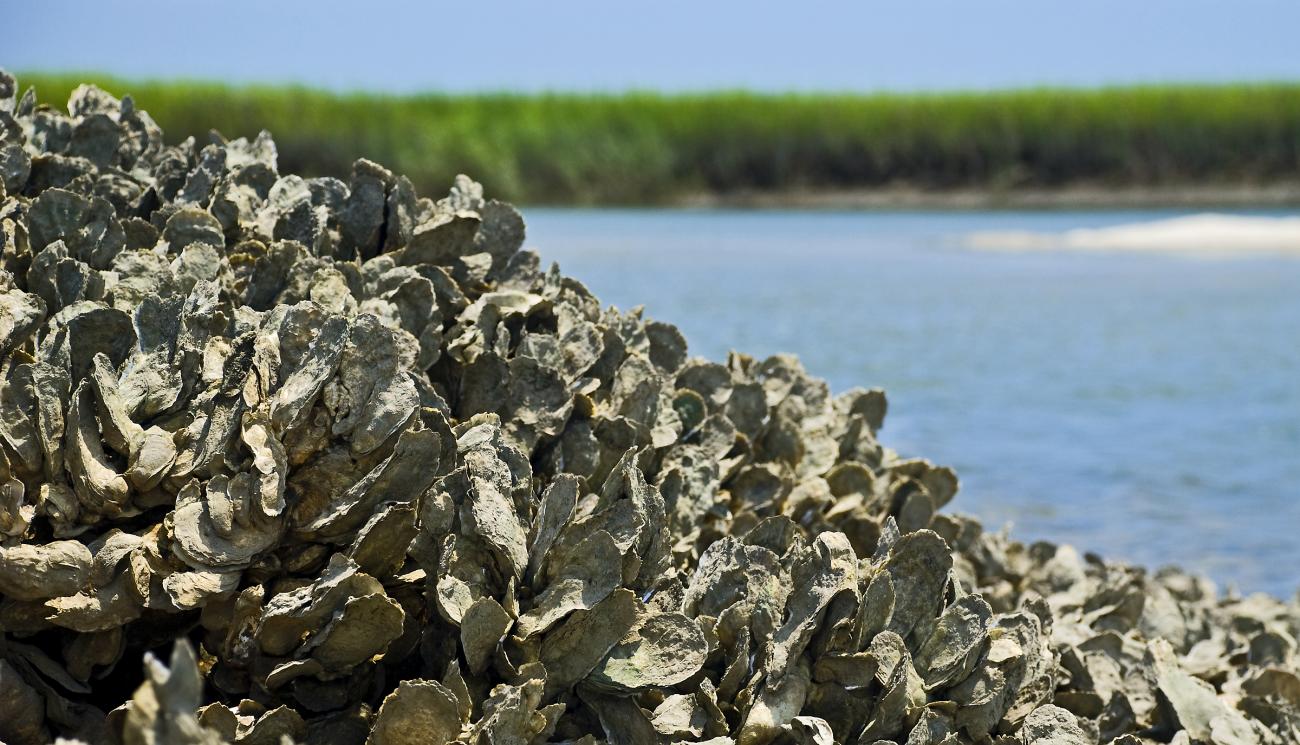
Observations from Nature and Practical Experience
Since ancient times, coastal communities in China have observed that natural oyster reefs help protect shorelines, reduce erosion, and enhance the durability of waterfront structures. When constructing dikes, ports, and river bridges, they noticed that areas with naturally occurring oysters were less prone to damage.
 |
 |
Application in Ancient Structures
The use of oysters in hydraulic engineering can be traced back to the Tang Dynasty (618–907), when the Chinese built extensive dike and bridge systems. By the Ming and Qing Dynasties (1368–1912), coastal communities utilized oyster reefs to protect harbors, breakwaters, and possibly even bridge piers. This natural method was cost-effective yet highly efficient.
Then, in 1058, the high-ranking scholar Cai Xiang came along with a new concept for the bridge: cultivating oyster reefs around the foundational piers. This method reinforced the piers structurally and the oyster reefs created a natural, sustainable defense against the formidable weather surges, bolstering them against storms.

Fast-forward nearly a thousand years and architecture firms in New York are using oysters in multi-million dollar projects like Living Breakwaters to combat climate change by mitigating flood damage, harnessing natural water filtration systems, and reintroducing marine ecosystems. It may have a new-fangled name in Oyster-tecture, but, in essence, it is a reimagining of Cai Xiang’s millennia-old method of cultivating oyster-reefs.

Oysters not only protected bridge piers but also played a crucial role in underwater architecture. New York-based architect Kate Orff coined the term "Oyster-tecture" to describe the use of oyster reefs in construction. However, in China, this practice may have originated as early as 1059. A prime example is the Luoyang Bridge in Quanzhou, Fujian, which has been recognized as a UNESCO World Heritage Site.

The location of Luoyang Bridge, known for strong winds and fluctuating water levels, required innovative construction techniques. Initially, a ferry connected both sides of the river, but poor conditions led to accidents. A floating bridge was later installed, with stone piers at both ends supporting wooden planks. However, this solution also failed due to frequent destruction by powerful currents. Eventually, the integration of oysters to reinforce the bridge piers enabled the structure to withstand environmental challenges for centuries.

Oysters have the ability to attach to hard surfaces such as stone, concrete, wood, and even metal. Once they adhere to bridge piers, they develop into dense oyster reefs, forming a tough shell that protects the surface from:

Today, scientific research has confirmed the benefits of oysters in protecting coastal structures and bridge piers. Some of the key advantages of using oysters include:

The use of oysters to protect bridge piers is a testament to the fusion of folk wisdom and modern science. From early coastal observations to contemporary applications, this method has evolved into a sustainable construction solution, prolonging the lifespan of infrastructure while preserving the environment. China remains a pioneer in studying and implementing this approach, paving the way for its adoption in hydraulic engineering worldwide.

The News 10/11/2025
In the midst of the hustle and bustle of urban life, many Vietnamese families are looking for a different living space – where they can enjoy modernity without being far from nature. Tropical Modern villa architecture is the perfect answer to this need. Not only an aesthetic trend, this is also a smart design philosophy, harmoniously combining technology, local materials and Vietnam's typical tropical climate.

The News 25/10/2025
Hemp-lime (hempcrete) is a non-load-bearing covering material consisting of a hemp wood core (hemp shiv/hurd) combined with a lime-based adhesive, outstanding for its insulation – moisture conditioning – indoor environmental durability; in particular, IRC 2024 – Appendix BL has established a normative line applicable to low-rise housing, strengthening the technical-legal feasibility of this biomaterial.
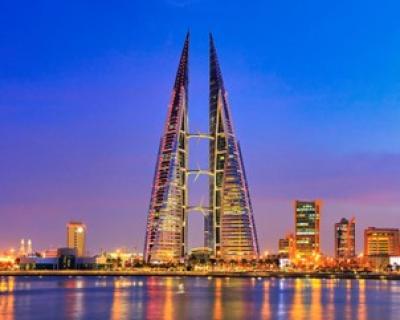
The News 11/10/2025
Amid rapid urbanization and global climate change, architecture is not only construction but also the art of harmonizing people, the environment, and technology. The Bahrain World Trade Center (BWTC)—the iconic twin towers in Manama, Bahrain—is a vivid testament to this fusion. Completed in 2008, BWTC is not only the tallest building in Bahrain (240 meters) but also the first building in the world to integrate wind turbines into its primary structure, supplying renewable energy to itself [1]. This article explores the BWTC’s structural system and design principles, examining how it overcomes the challenges of a desert environment to become a convincing sustainable model for future cities. Through an academic lens, we will see that BWTC is not merely a building but a declaration of architectural creativity.
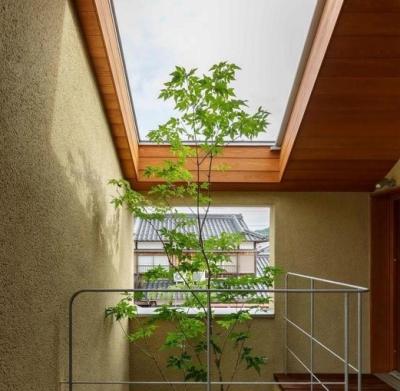
The News 04/10/2025
As buildings move toward net zero architecture and glare free daylighting, traditional glass façades reveal limitations: high thermal conductivity (~0.9–1.0 W/m·K), susceptibility to glare, and shattering on impact. In this context, transparent wood (TW) is emerging as a multifunctional bio based material: it offers high light transmission yet strong diffusion (high haze) to prevent glare, lower thermal conductivity than glass, and tough, non shattering failure. Recent reviews in Energy & Buildings (2025) and Cellulose (2023) regard TW as a candidate for next generation windows and skylights in energy efficient buildings. [1]
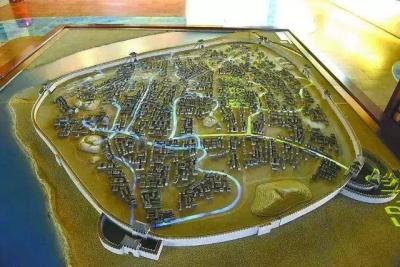
The News 27/09/2025
Urban flooding is one of the greatest challenges of the modern era, when sudden and unpredictable rainstorms can paralyze entire cities. Few would imagine that over a thousand years ago, people had already discovered a sustainable solution: the Fushougou drainage system in the ancient city of Ganzhou, Jiangxi. Built during the Northern Song dynasty, this project remains effective to this day, protecting the city from floods—even during historic deluges. The story of Fushougou is not only a testament to ancient engineering but also a valuable reference for today’s cities seeking answers to water and flooding problems.
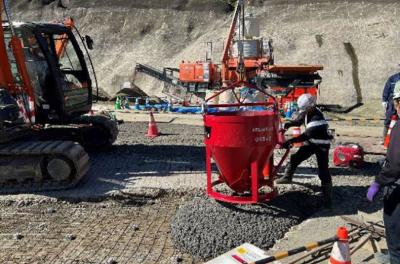
The News 20/09/2025
The construction industry is currently facing immense pressure to reduce carbon emissions, as concrete is not only one of the most widely used materials but also a major source of CO₂ due to its reliance on Portland cement. In response, Shimizu Corporation has conducted extensive research to develop sustainable material solutions aimed at achieving carbon neutrality. One of the most remarkable outcomes is carbon-negative concrete, which partially replaces cement and aggregates with biochar. This biochar is produced from sawdust through a carbonization process and has the unique ability to retain a significant amount of carbon that would otherwise be released into the atmosphere through natural decomposition or combustion. Thanks to this property, carbon-negative concrete not only maintains the necessary mechanical strength for construction but also directly contributes to reducing greenhouse gas emissions. This innovation is considered a promising step that opens new directions for the advancement of green construction in Japan and worldwide.